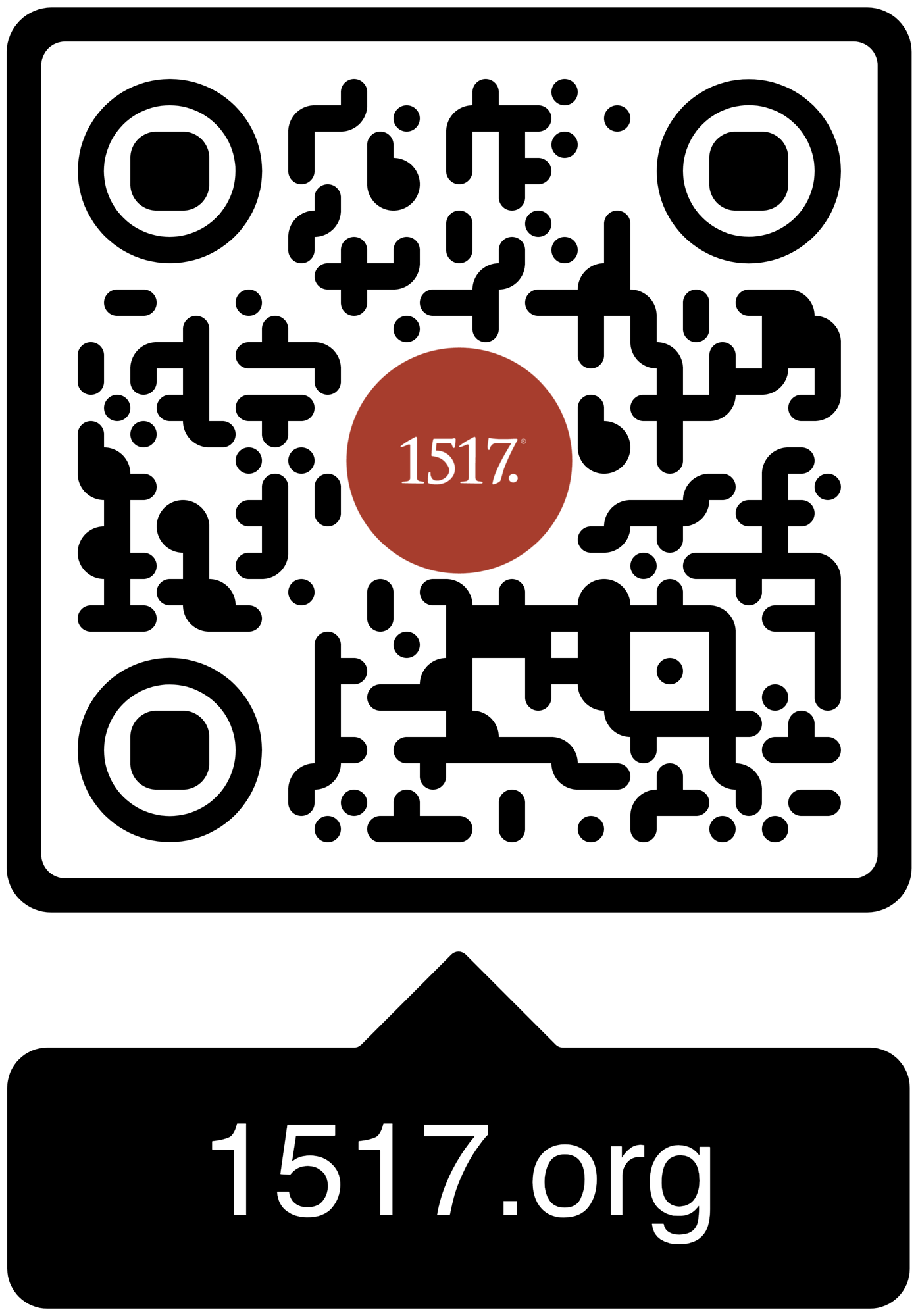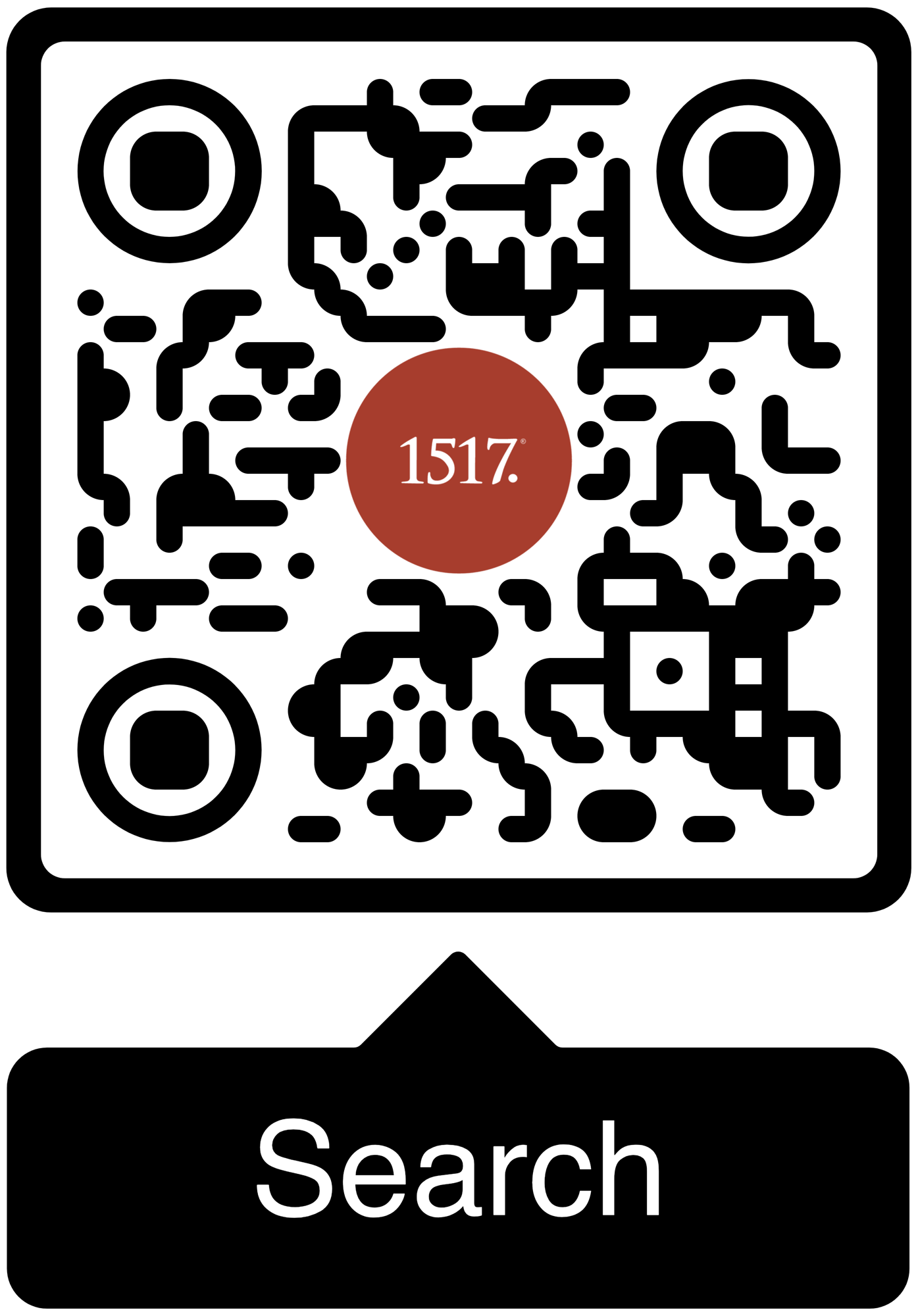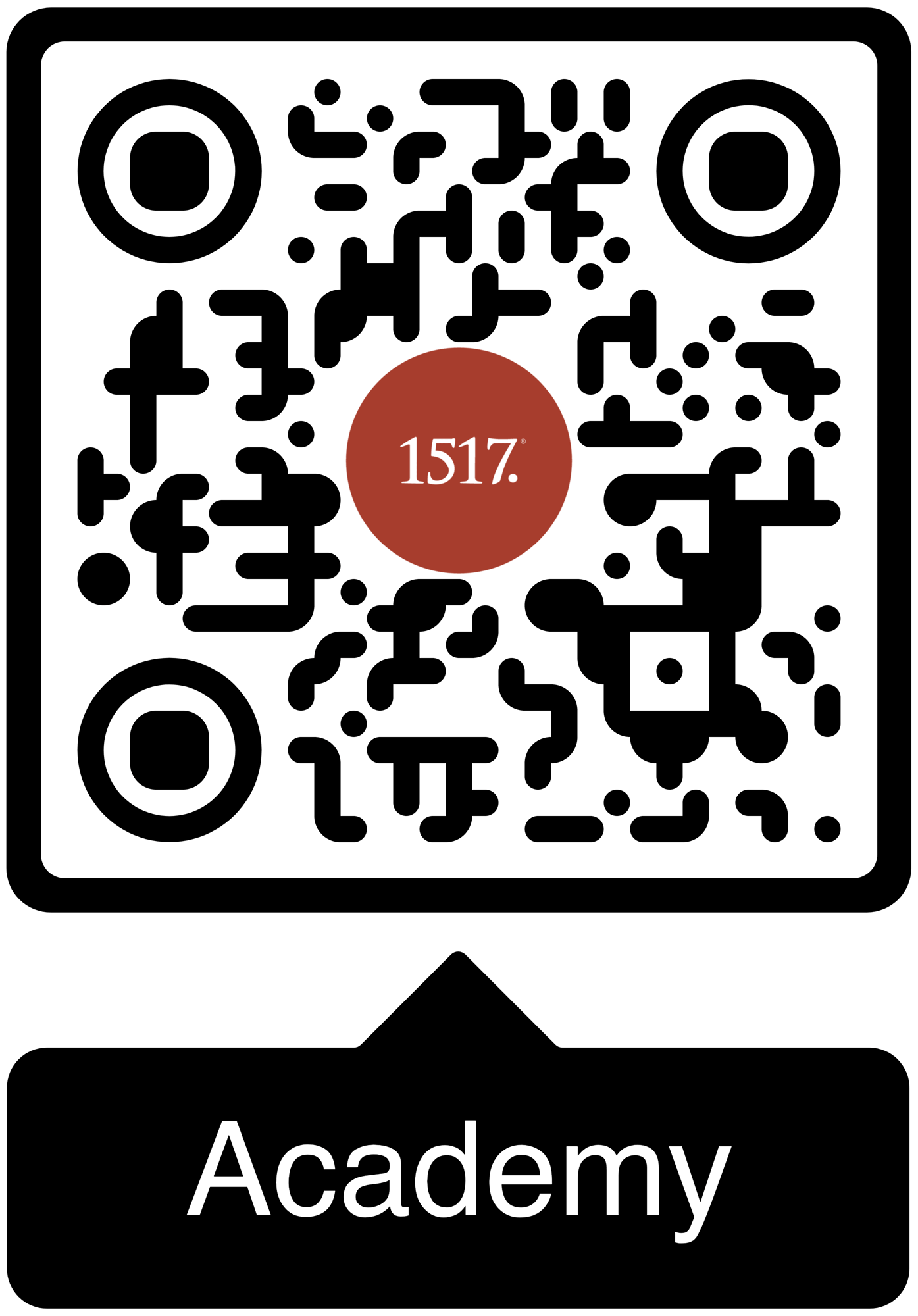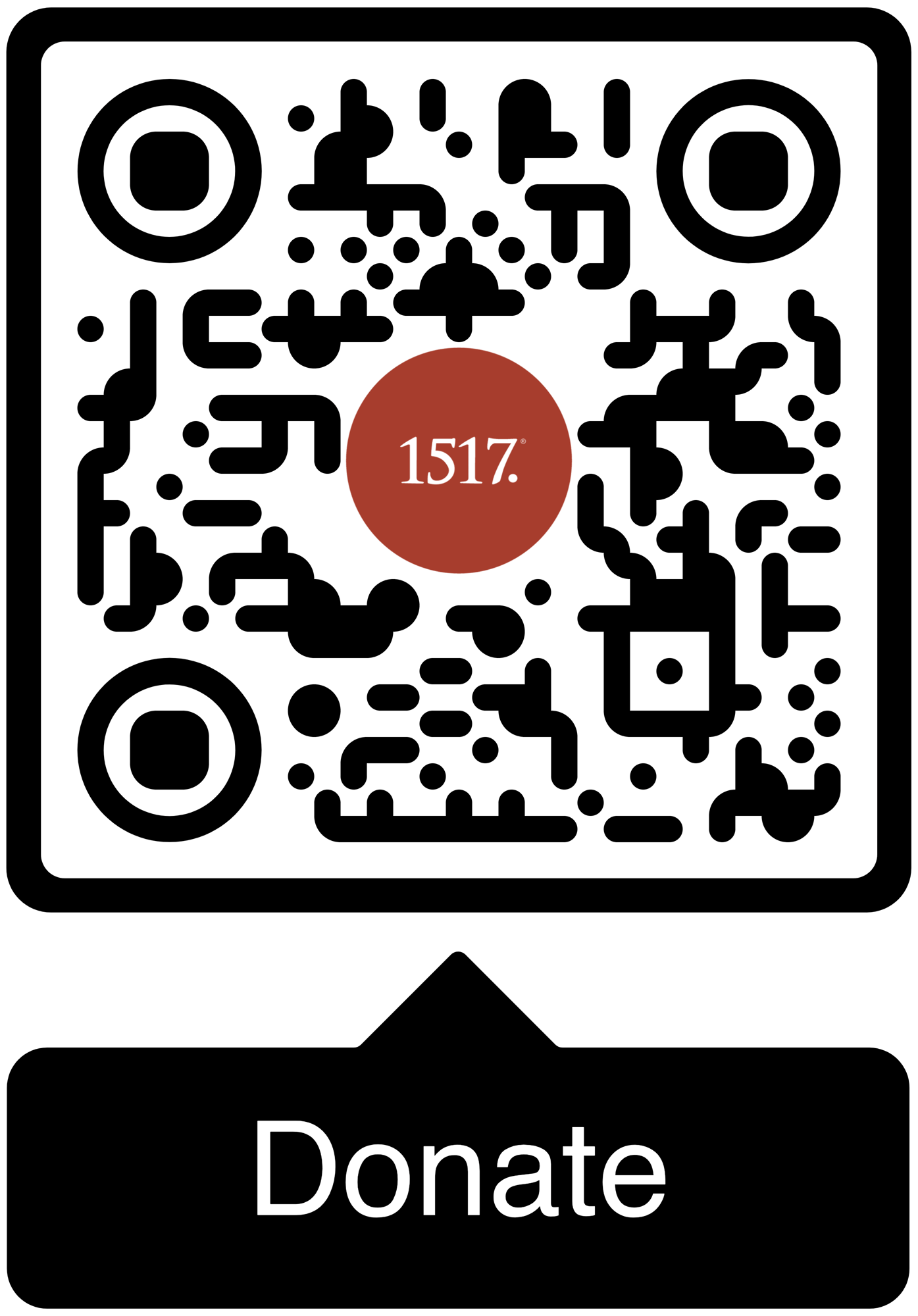Every time someone is baptized, every time bread is broken and wine poured, every time a sinner hears, “Your sins are forgiven in Christ,” Pentecost happens again.
06/05/25
They were still praying, trusting, and hoping. Why? Because they knew who was with them and who was for them: the risen Christ.
All Articles
Author
- All Authors
- 1517 Publishing
- 1517 Staff
- A. A. Just Jr.
- A.J. Vega
- Aaron Boerst
- Adam Francisco
- Adam Stetson
- Amy Mantravadi
- Andrew Foss
- Anthony DiLiberto
- Blake Flattley
- Bob Hiller
- Bob Sundquist
- Bonnie Petroschuk
- Brad Soenksen
- Bradley Gray
- Brandon Hanson
- Brandon Pangman
- Brennan Manning
- Brian W. Thomas
- Bror Erickson
- Bruce Hillman
- C.S. Lewis
- Caleb Keith
- Chad Bird
- Charles E. Fry
- Christopher J. Richmann
- Cindy Koch
- CJ Armstrong
- Craig Donofrio
- Dan Chrismer
- Dan van Voorhis
- Dan Weber
- Daniel Deen
- Daniel Emery Price
- Daniel Stenberg
- David Clay
- David Rufner
- David Schmitt
- Delwyn Campbell
- Dominick Santore
- Donavon Riley
- Edward Killian
- Elyse Fitzpatrick
- Erick Sorensen
- Gage Jordan
- Gerhard Forde
- Grant Klembara
- Greg Koukl
- Gretchen Ronnevik
- Haroldo Camacho
- Hermann Sasse
- Jacob Corzine
- Jacob Smith
- Jake Allstaedt
- Jared C. Wilson
- Jason Lane
- Jason Lang
- Jason Oakland
- Jay Sawrie
- Jeff Mallinson
- Jeffrey Pulse
- Jenifer Mohan
- Jessica Delgado
- Jessica Thompson
- Jim Nestingen
- Joel Fitzpatrick
- Joel Hess
- Joey Goodall
- John Bombaro
- John Bortulin
- John Chrysostom
- John T. Pless
- John W. Hoyum
- John Warwick Montgomery
- Jonathan Ruehs
- Jordan Spina
- Joshua Miller
- Justin Rossow
- Karen Stenberg
- Kathy Morales
- Katie Koplin
- Kelsi Klembara
- Ken Sundet Jones
- Kerri Tom
- Kevin Hale
- Kevin McClain
- Kyle G. Jones
- Larry D. Hughes
- Laura Bauer
- Luke Kjolhaug
- Magnus Persson
- Mariah Coward
- Mark Jasa
- Mark Mattes
- Mark Pierson
- Martin Luther
- Matt Johnson
- Matt Kroelinger
- Matt Popovits
- Michael Berg
- Michael Gibney
- Nicholas Hopman
- Nicholas Kallis
- Norman Nagel
- Paul Dunk
- Paul Koch
- Pete Lange
- Peter Nafzger
- Philip Bartelt
- Preston Sprinkle
- Raleigh Sadler
- Rick Ritchie
- RJ Grunewald
- Robert Farrar Capon
- Robert Kolb
- Rod Rosenbladt
- Roland Ehlke
- Ron Hodel
- Ryan Couch
- Ryan Matthias
- Ryan Stevenson-Cosgrove
- Ryan Tinetti
- Sam Leanza Ortiz
- Sam P. Schuldheisz
- Sarah Crowder
- Scott Davis
- Scott Keith
- Scott Landrum
- Seth Moorman
- Steve Byrnes
- Steve Kruschel
- Steven A. Hein
- Steven Paulson
- StoryMakers NYC
- Tanner Olson
- Tate Barber
- Ted Rosenbladt
- Travis Scholl
- Tyler Cronkright
- Uwe Siemon-Netto
- Valerie Thur
- Wade Johnston
- Walter Hwang
- Wayne Sender
- Zack James Cole
07/16/20
In the quiet of your own uptown, where your own sins bear down on you and create a troubled conscience before the world, before others, and before God, your Lord reaches across the chasm of brokenness to take your hand.
07/15/20
The good news of Jesus Christ guides us into godly worship, not self-worship.
07/14/20
“Who Am I?” edited by Scott Ashmon (1517 Publishing, 2020) is now available for purchase.
07/13/20
By basing our assurance on the promises of God, which we not only hope for in the future but live in now, the Christian can finally rest in the comfort that they are both saved and not responsible for their own salvation.
07/13/20
There is often no way forward for us without the prophetic lament, because such laments force out our honesty and resentment at the God who does not treat us as we expect to be treated.
07/12/20
Twenty-first century North American believers face challenges unique in the history of God’s people, for we have an abundance of the material gifts of God unparalleled in human history.
07/12/20
In Christ, God promises to forgive sin and bring about new life: Life after being canceled.
07/12/20
The Earth itself, into which the blood of Christ seeped, will be redeemed and renewed, just like our spirits in Holy Baptism, just like our bodies on the day of the resurrection.
07/12/20
If you do not know who your God is, you will not know what your idols are.
07/10/20
God not only unites us to himself by the death and resurrection of his Son; he unites us, the church, together and to himself under Christ as his children.
07/09/20
We have seen a vision better than an angel. We have seen God on the cross. A God who is willing to suffer for us.
07/08/20
That is the good news that ifies all hand wringing and wipes away every tear from every eye.
1517 is a Christian non-profit (501(c)3) multi-media organization. Our mission is to declare and defend the Good News that we are forgiven and free on account of the death and resurrection of Jesus alone.





1517 grants permission for our free online resources to be printed, photocopied, and otherwise used freely for private and church use. We require that authorship and source (1517.org) are referenced and maintained. These resources may not be sold or included in any publications for sale.


